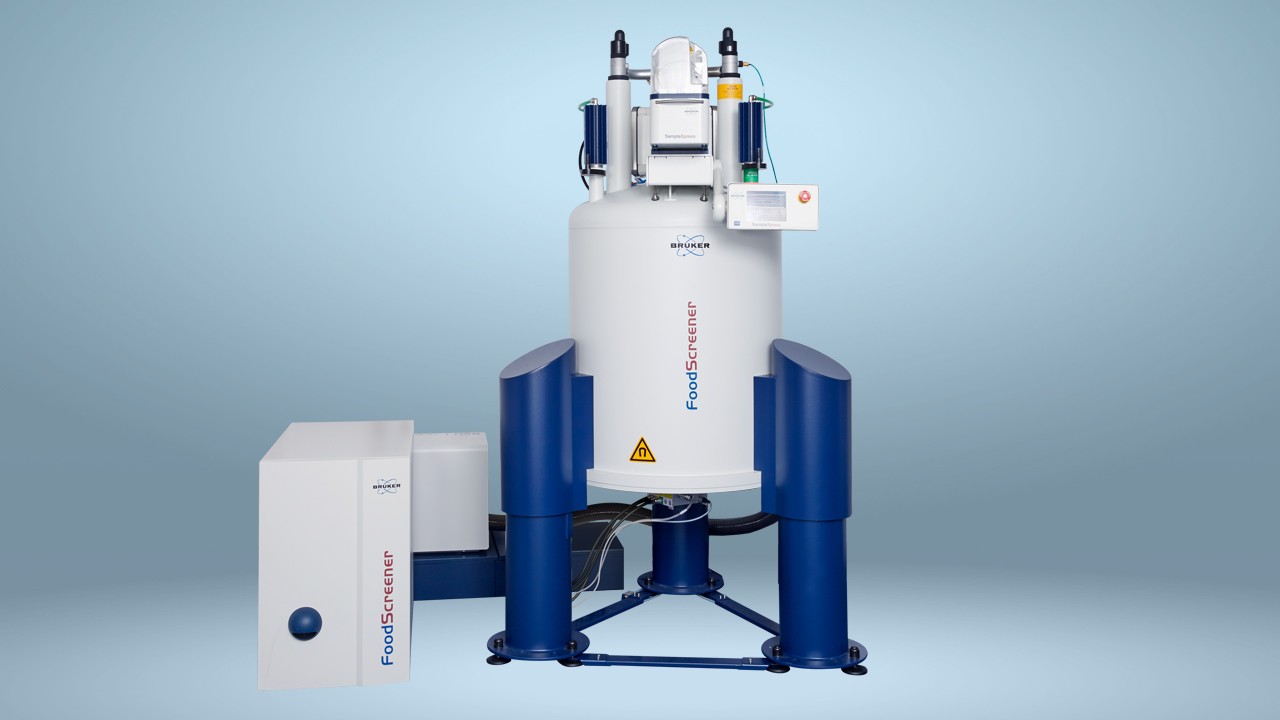

Using NMR to Assist in Identifying Food Adulteration and Contamination
Foods that contain ingredients not listed on the label and foods that have dangerous chemical or bacteria contamination are just a couple of the many examples of potential risks inherent in the food production industry.
Appropriate monitoring of food safety involves a number of tools and techniques that assist in reducing the incidence of outbreak as well as fraudulent food distribution. Nuclear magnetic resonance (NMR) spectroscopy is one tool that has shown promise in achieving these goals.
NMR for Improving Food Safety
An example of tainted food being released to the public is the 2008 Chinese milk scandal in which melamine contamination of milk products in China went undetected by safety officials. Melamine, a nitrogen-rich compound, was added to diluted milk and infant formula to increase protein content. According to reports, infants started developing kidney stones following consumption of the milk, six babies died, and 300,000 became ill.
Food scandals such as these are often the result of poor screening procedures and/or lack of adherence to current safety procedures that are used to monitor the incidence of known and relatively unknown contaminants.1
The issue regarding food fraud has also seen its fair share of news coverage. Honey, for example, is a product that has become somewhat vulnerable to fraudulent claims in regards to its origins and ingredients. Some honey products may not be as pure as advertised, despite product labeling. In fact, diluted honey mixed with corn syrup is one example of how some companies deceive consumers while making a generous profit for themselves.
Bee colonies have been on the decline and the demand for honey has risen dramatically in recent years, mainly due to the public’s increased interest in the product’s supposed health benefits. Some small manufacturers are looking for ways to cut costs, even if it comes to potentially compromising public health and the integrity of their product, by increasing the volume of their honey by adding corn syrup to the mix. NMR may be helpful for identifying substandard honey.2
NMR Screening
Screening with NMR may provide an advantage over other screening procedures for food fraud and contamination. The Honey-Profiling module of Bruker’s FoodScreenerTM can help detect fraud in the honey industry and assist in identifying and quantifying a number of parameters such as sugars and amino acids.
NMR can be a cost-effective solution that combines both detection and identification of potentially harmful food contaminants and adulterants within the same scan set. The FoodScreener utilizes high-quality NMR techniques and the method of food screening depends on acquirement of the spectroscopic fingerprint that is specific to an individual food sample. The profiles of screened food products are compared to a larger database of genuine food samples to ensure quality control while minimizing safety issues.
The use of NMR can also be helpful for determining the authenticity of a product. For example, NMR could be used to determine whether or not a non-dairy milk substitute contains lactose. Additionally, NMR techniques can help provide quantitative and qualitative data regarding food components in an effort to determine the dependability of a product.
References:
- Anthony D. Maher and Simone J. Rochfort. Applications of NMR in Dairy Research. Metabolites. 2014; 4(1):131–141.
- Bertelli D, Lolli M, Papotti G, et al. Detection of honey adulteration by sugar syrups using one-dimensional and two-dimensional high-resolution nuclear magnetic resonance. J Agric Food Chem. 2010;58(15):8495-8501.
- Daniel Kortschak, Den Fälschern auf der Spur, Lebensmittel Zeitung, LZ 30 29. Juli 2016


